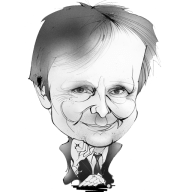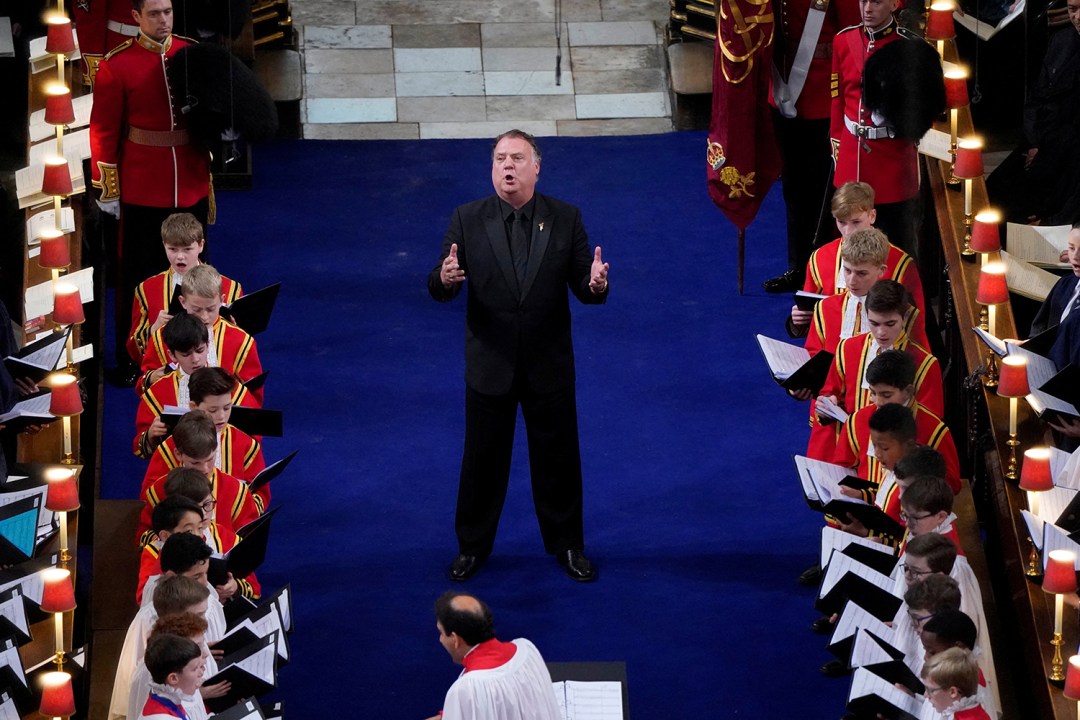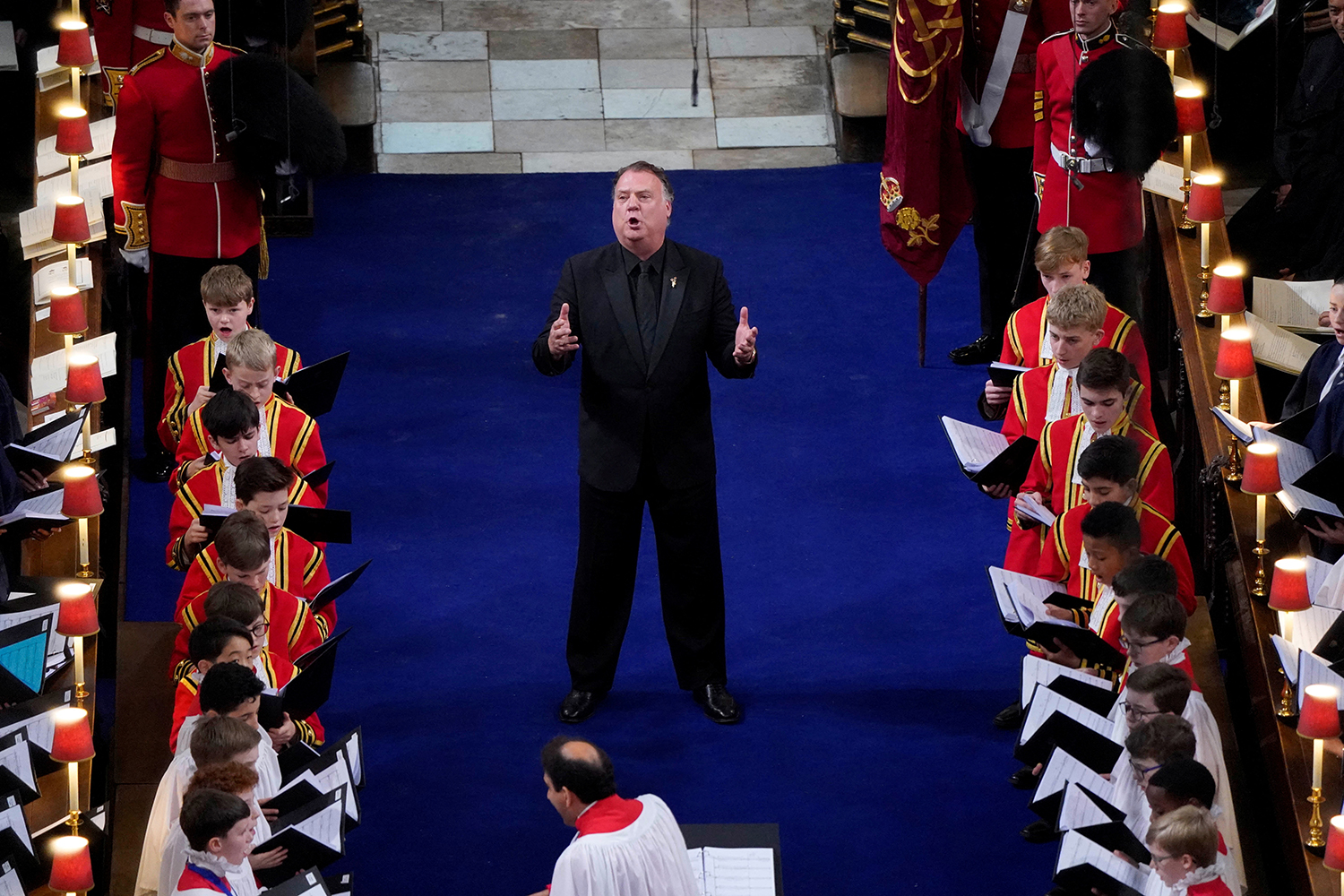Sir Hubert Parry was upgraded from knight bachelor to baronet by King Edward VII in 1902, and my goodness he earned it. His anthem for Edward’s coronation, I was Glad when they Said Unto Me, begins with a thrilling brass fanfare – or it has done since George V’s coronation in 1911: Parry’s original introit wasn’t sufficiently attention-grabbing, so he beefed it up. But the most spine-tingling moment has been there from the beginning. ‘I was…’ sings the choir on the tonic chord of B flat major – and then the word ‘glad’ bursts out where we aren’t expecting it, in G major.
The Abbey staged a musical banquet in which the courses were arranged with diplomatic ingenuity
One of the secrets of writing ceremonial music is knowing how to raise the temperature by subverting expectations. A few minutes into King Charles III’s coronation we heard a sublime example written by Handel for George II in 1727. Zadok the Priest opens with an arpeggiated prelude that never fails to quicken the pulse: that’s because Handel drifts into minor chords, sneakily disorientating us so that our hairs stand on end when the chorus explodes.
Has it ever sounded more splendid than it did on Saturday? There may have been coronations at which the ratio of musical hits to misses was higher, but I doubt that any of them could match the standard of performance. Judged by last weekend, Andrew Nethsinga, the new organist and master of the choristers at Westminster Abbey, is in the same class as his predecessor James O’Donnell – which is saying something. There was a rhythmic spring to his direction that matched that of the great Sir Antonio Pappano, currently en route from the Royal Opera House to the LSO, who conducted the ad hoc orchestra.
Pappano did his best with Sir William Walton’s Coronation Te Deum, which hovers between masterpiece and dud.










Comments
Join the debate for just £1 a month
Be part of the conversation with other Spectator readers by getting your first three months for £3.
UNLOCK ACCESS Just £1 a monthAlready a subscriber? Log in